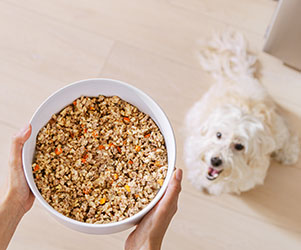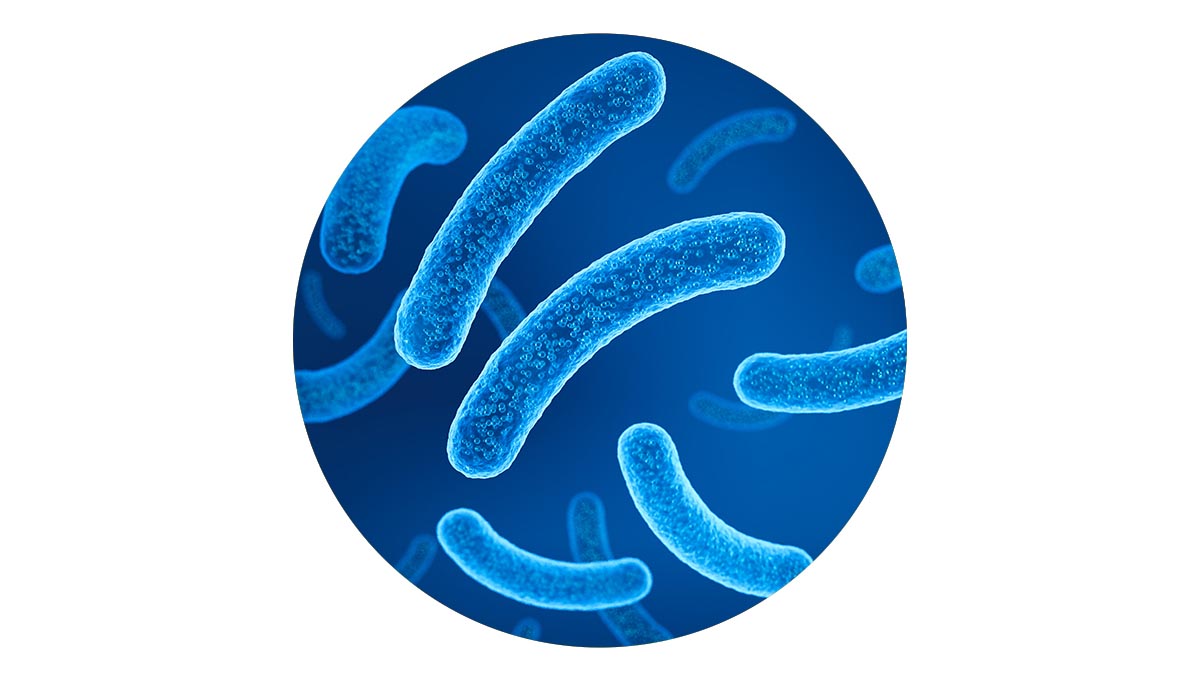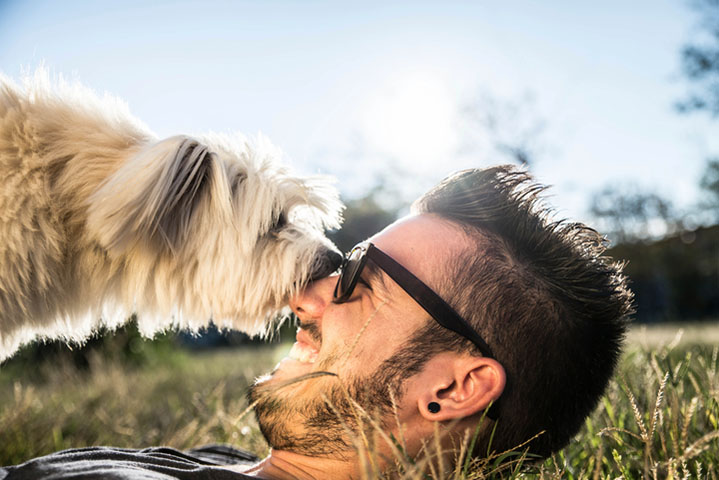How to Clean a Dog’s Ears
Discover the signals that your dog’s ears are dirty, and get a step-by-step guide on how to clean them.
When was the last time you cleaned your dog’s ears? If you’re like most pet parents, it’s probably not something you think about much. Yet, doggie ear canals collect dirt and wax buildup, which may lead to issues. Fortunately, there are some common symptoms you can learn to spot.
Discover the signals that your dog’s ears are dirty, and get a step-by-step guide on how to clean them.
How to Tell When Your Dog’s Ears Need Cleaning?
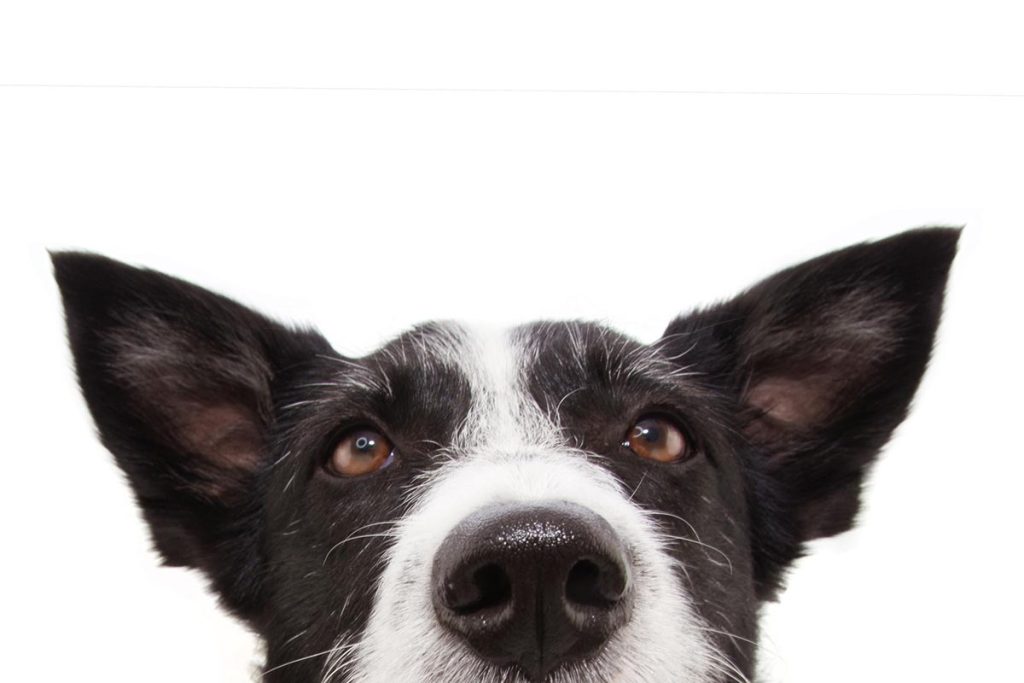
If your dog paws at her ears or shakes her head like she’s trying to send secret messages, check her ears because they may be dirty, or she might have a yucky parasite called ear mites.
Dirty dog ear symptoms include:
- Smelly ears
- Discharge
- Itchy ears
- Red ears
When dogs scratch their ears, rub them on the carpet a lot, and shake their heads like bobbleheads, these are symptoms their ears need cleaning.
Regular ear cleaning helps prevent ear infections, too.
Now that you know the signs of dirty dog ears, let’s gather your supplies so you can launch a successful Operation Dog Ear Cleaning.
Have the Right Ear Cleaning Supplies
You wouldn’t grab your dog and start inspecting her ears without preparation. It’s better to take a slow approach and prepare yourself first.
When you gather your supplies, first, you’re positioning yourself for a successful dog ear cleaning success.
- Dog safe ear cleaning solution: A veterinary-approved dog ear cleaning solution dissolves wax and debris, making cleaning easier without irritating your dog’s ear canal. You can find several dog safe brands at pet stores and ask your veterinarian for recommendations.
Note: Don’t use hydrogen peroxide or alcohol because those can irritate your dog’s ears. Let’s face it, you want to make this process as simple and pleasant for your dog as possible.
- Cotton balls or gauze: You’ll use these to wipe away the dirt and debris without hurting your dog’s ear. While you might be tempted to grab some Q-tips or other cotton swabs, please don’t use them, as they can push gunk down into your dog’s ear canal or damage the ear drum.
- Gloves: While optional, disposable gloves keep your hands clean and free of ear wax and other gunk. They’re especially useful if your dog has an ear infection so you don’t spread it around.
- Clean towel: Your dog will shake her head as you work your way around the ears. You don’t want her scattering ear cleaner, excess wax, and other ear goop around.
- High-value treats: Ear cleaning is not likely your dog’s favorite thing. It certainly doesn’t compete with chasing a ball or belly rubs. That’s why yummy treats are your secret weapon to improve your dog’s experience.
Supplies gathered; let’s go through the ear cleaning process together.
Dog Ear Cleaning: Your Step-by-Step Guide
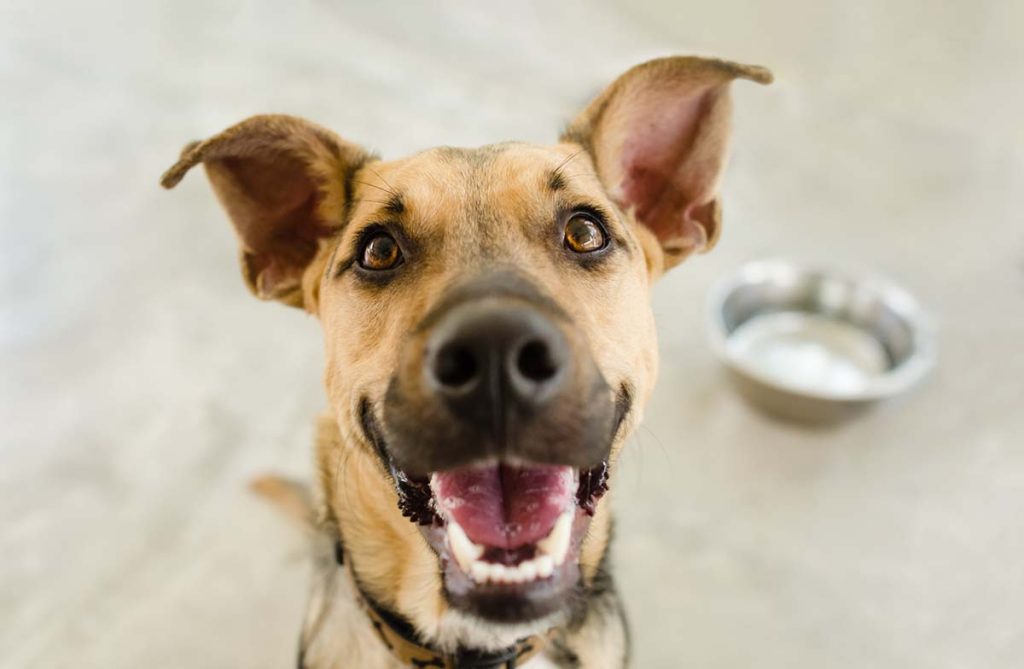
Drum roll, please. It’s time for the main event. You know your dog best, so you can add extra towels or helpers if you think they’ll be helpful.
- Choose A Calm And Comfortable Area With Good Lighting: You want to be comfortable and see into your dog’s ears. Put on soft music, offer your dog delicious treats, sit on the floor by your dog, and tell her she’s a good girl.
- Lift Your Dog’s Ear Flap: If your dog’s ears stand up and it’s easy to see the pinkish interior, you can tell if they’re dirty or not. Such dogs may not require cleaning unless they’ve been on an outdoor adventure. Floppy ears, however, are another story. You’ll want to lift back the ear flaps and do a quick inspection.
- Insert the Ear Cleaner: Gently tip some of the ear-cleaning solution into the ear canal. Don’t jam the applicator tip into the ear canal; keep it gentle and let it trickle in. Once your dog has the solution in her ear canal, she will want to shake to rid her ears of it. Hold them still. Feed treats to distract her. Your goal is to gently massage the base of the ear for thirty seconds so you can loosen ear wax and other debris near the ear drum. If your dog wants to escape, it can help enlist a helper to distract her while you do your thing. Or, you might need to do this in stages.
- Shake it off: Now, your pup can shake. We recommend stepping away and holding a towel around your dog’s head. Your dog will shake out ear cleaning solution and ear goop, so be prepared.
- Use your cotton or gauze: Next, take your cotton or gauze, wrap it around your finger or knuckle, and wipe away the ear wax and other gunk from your dog’s ear. Don’t use Q-tips because they can push debris down your dog’s ear canal, leading to ear infections.
- Praise your dog: Did you achieve your ear cleaning goals? Congratulations! Your good dog deserves all the belly rubs, praise, and treats.
Even if you didn’t complete the ear cleaning task, it’s still good to train your pup to associate it with good things. That way, you can try another ear-cleaning session later.
Signs of Ear Mites or Infection
Use your sense of sight and smell to determine if your dog might have an ear infection. Smelly ears are a symptom, as are ears with discharge or redness. Healthy dog ears have a pinkish tint.
Your dog could also have ear mites (otodectes cynotis.) Ear mites are highly contagious parasites that animals can pass to one another. You can check your pup’s ears for ear mites by putting the ear gunk on a dark background (they’re white) and looking at it with a magnifying glass. If you see something moving, it could be mites.
Your dog could also have an ear infection. Sometimes, ear mites can cause an ear infection, but some ear infections are caused by yeast. Your dog’s ears have a naturally occurring yeast, but a moisture buildup or underlying allergies may lead to them.
Ear infections often have a smelly discharge or a look red inside the ear. Your dog might pull away and not want you to investigate her ears because they hurt. If you suspect your dog has ear problems, you’ll want to schedule a veterinarian appointment.
You can proceed if you think your dog just needs a routine ear cleaning to remove wax buildup and dirt.
Which Dog Breeds Are Most Susceptible to Ear Infections?
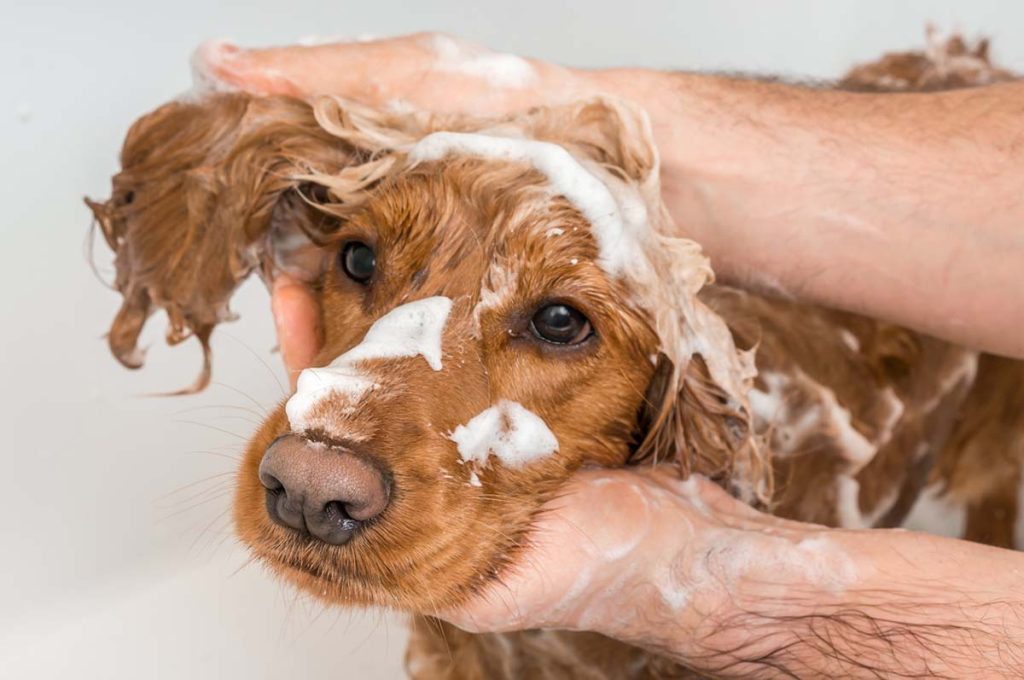
Some dog breeds are more prone to ear infections. For example, pups with floppy ears, like Cocker Spaniels and basset hounds, tend to get more dog ear infections than pups with uncovered ears.
The floppy ear design is cute but is a recipe for breeding bacteria because they create a dark and damp environment.
Additionally, dogs with hairy ears can be at risk. For example, poodles and Shih Tzus are dog breeds with hairy ear canals that can trap debris.
In conclusion
Keeping your dog’s ears clean is an important part of your dog’s health and happiness. With regular checkups and ear cleanings, you can help prevent gunky buildup and ear infections in your pet’s ears.
We recommend using high-value treats to help your dog stay patient while cleaning your dog’s ears.
This content is for informational use only and does not replace professional nutrition and/or medical advice, diagnosis, or treatment. It is not a substitute for and should not be relied upon for specific nutrition and/or medical recommendations. Please talk with your veterinarian about any questions or concerns.
“Instructions for Ear Cleaning in Dogs.” n.d. Vca_corporate. https://vcahospitals.com/know-your-pet/instructions-for-ear-cleaning-in-dogs.
“Itchy Ear Problems | Cornell University College of Veterinary Medicine.” n.d. Www.vet.cornell.edu. https://www.vet.cornell.edu/departments-centers-and-institutes/riney-canine-health-center/canine-health-information/itchy-ear-problems.
Henriques, Julia. 2022. “Ear Mites in Dogs: Signs, Treatments & Home Remedies.” Dogs Naturally – Natural Dog Health and Nutrition. Dogs Naturally. October 14, 2022. https://www.dogsnaturallymagazine.com/ear-mites-in-dogs-natural-remedies/.





